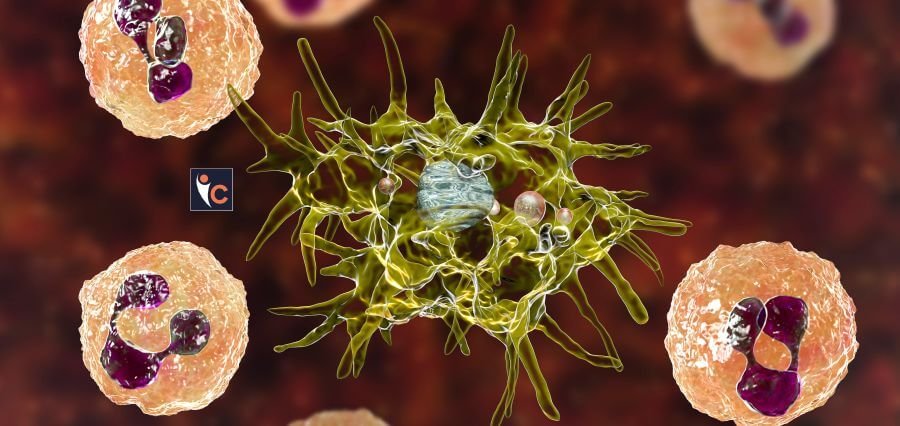In Delhi-NCR, the winter season combined with high pollution levels has resulted in a rise in flu incidence. Although the annual surge coincides with a drop in temperature, doctors have noted that this year’s incidence of chest infections is higher than typical. They said that despite the low hospitalization rate, a number of people are waiting in line for online and in-person consultations.
According to medical professionals, the majority of these patients have influenza A (H1N1), a small number have H3N2 virus, and still others have chest illnesses that are made worse by H1N1 and other bacterial and viral infections. According to Dr. Vikas Maurya, director of the pulmonology department at Fortis Hospital in Shalimar Bagh, “hospitalization due to chest infections is not alarming and is mostly seen elderly patients who had some kind of comorbid condition which was aggravated by H1N1, Covid, and other bacterial infections.”
Patient reports of runny nose, sneezing, coughing, dyspnea, sore throat, and diarrhea have been the most common. A few others also complained of low oxygen levels and dyspnea, which led to their hospitalization.
Dr. Suranjit Chatterjee, Senior Consultant in Internal Medicine at Indraprastha Apollo Hospital, attributed the issue to a combination of wintertime pollutants. “Those who have previously had COVID-19 are also impacted because their lungs are compromised,” he continued.
According to Dr. Chatterjee, hospital admissions for chest infections have increased: “…this was expected during winters, but they are more as compared to usual numbers.” Hospitalization is necessary if an individual has low oxygen levels, he continued.
As per Dr. Lalit Dar, the Head of the Department of Microbiology at AIIMS Delhi and Professor, the current strain of influenza A H1N1 is not regarded as a pandemic strain. It’s a strain of the seasonal influenza. We are witnessing sporadic incidences of influenza B and a significant number of H1N1 patients. Thus, that is most likely the cause of this, he stated.
Read More: https://insightscare.in/





